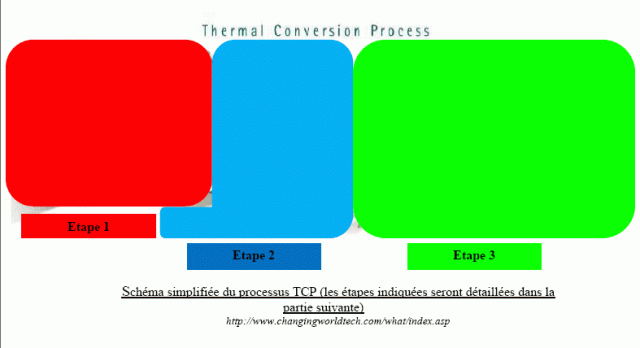I just hope that I will understand something
I will look at this in detail!

These are two interesting and accessible documents for everyone I think.Christophe wrote:Thank you for these docs which allow to "put the laigret project back on track", it seems to be of a good level (form / substance).
I just hope that I will understand something
I will look at this in detail!

C moa wrote:They strayed a bit from the Laigret method, but at the same time I had not drawn up precise "specifications" (just a discussion with their tutor).
C moa wrote:I think to ask them for a new study for the coming back to school in order to go into more detail on:
- perfringens and gas gangrene in order to understand more precisely how the tissue destruction mechanism works and especially to see the pathogenic aspect of the toxins emitted;
- the technical and legal conditions which must be respected to set up a laboratory in which one would play with the perfringens (or close cousins);
C moa wrote:FYI, I tried to call the IP of Tunis but the person was not available and then I went on vacation. I will relaunch in September.
You are absolutely right, there are "hybrid" treatments.Remundo wrote:Thank you C Moa for these documents ...
I noted in the first that there would be a "hybrid" process mixing thermal and biological lysis effects ...
In fact in the recovery of biomass, there are 2 schools: gasifiers / thermolysers and digesters by bacteria ... It would seem that once in between exist ... Idea
I for my part have a bias for thermolysis followed by the synthesis of methanol.
Indeed, but remember that in the example cited, it requires the intervention of several different microorganisms for different stages whereas if I am not mistaken with Laigret, everything was done with perfringens alone (if it is true it is strong this perfringens anywayIn the second report, we would essentially obtain methane by biological means ...
I ask myself the same question but since these are still confidential procedures, I think that they did not have access to the information. In any case, what is really interesting is to have the cut of the product.I also wonder what do we mean by "oil" in these two documents: it is not clear whether it is alcohols, alkanes, or even fatty acids ("oil").
It's been a while since we could start experimenting but we still have to find a lab and competent and motivated people .... I crossed my fingers with the IP of Tunis, they didn't say yes but they didn't say no ....Anyway, I think we are only at the beginning of the start of the startup, but there is surely enough to experiment
Christophe wrote:C moa wrote:I think to ask them for a new study for the coming back to school in order to go into more detail on:
- perfringens and gas gangrene in order to understand more precisely how the tissue destruction mechanism works and especially to see the pathogenic aspect of the toxins emitted;
- the technical and legal conditions which must be respected to set up a laboratory in which one would play with the perfringens (or close cousins);
Do you think they will have the means (given the lack of concrete information found on the Laigret method)? Apart from going to experimentation, I don't see how to do it there ...



Phase 2: It is in this phase that the hydrocarbon chains of partially depolymerized organic materials will undergo thermal cracking, i.e.
transformation into simple hydrocarbon molecules. In the absence of information probably due to industrial confidentiality, we can assume that it is in this
part of the reactor where the bacteria responsible for anaerobic fermentation are found, which are probably of the Perfringens type.
In the reactor we are in conditions of high temperature (~ 500 ° C) and low pressure, and the main reaction is decarboxylation.
This stage is sometimes assimilated to a coking stage, that is to say the production of coke. Indeed, among the products leaving this reaction, there is a large amount of
mineral carbon and the conditions for obtaining them are similar: reactions at high temperature and low pressure in an anaerobic environment.
The outgoing product is a mixture of simple hydrocarbon, crude oil and gas, mainly methane.
Back to "biofuels, biofuels, biofuels, BtL, non-fossil alternative fuels ..."
Users browsing this forum : No registered users and 150 guests